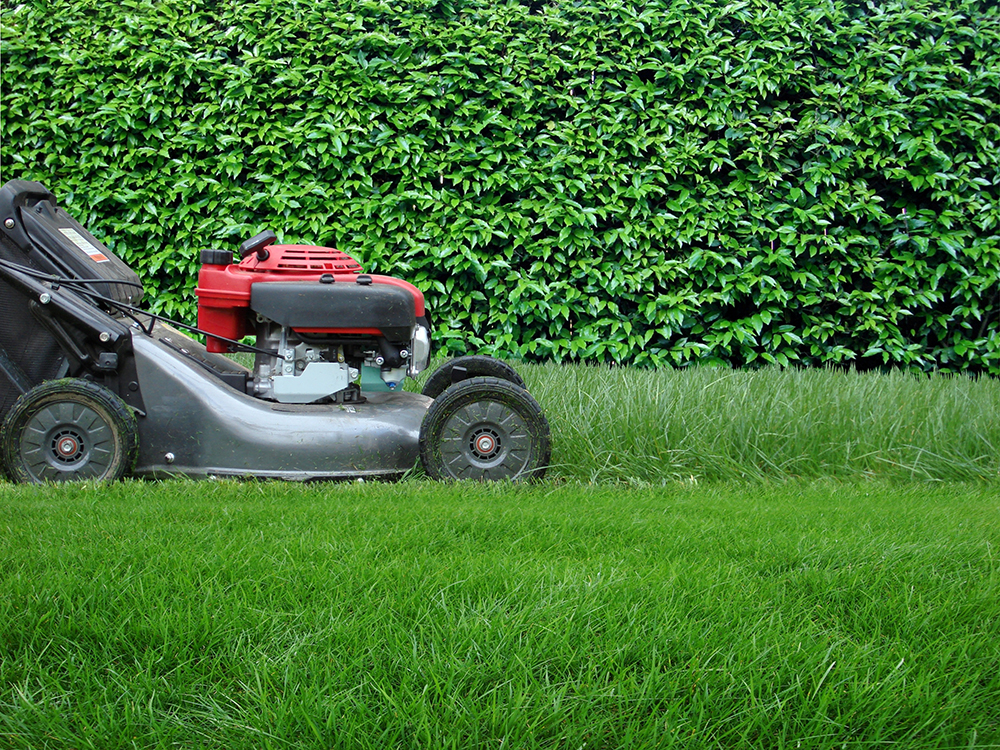 Many people are doing more harm than they realize.
Many people are doing more harm than they realize.
Each spring, many homeowners emerge from their winter slumber ready to devote hours of their (and/or their landscaper’s) time and effort performing the various tasks we believe we need to do in order to have a lush green yard. The reality is that we’ve all been working way too hard on our lawns. Many of the things you’re doing actually hurt your lawn and the environment more than they help. Here are some tips:
- Only mow once a week at the very most. In fact, it’s actually better to put a week in between each mow to allow the grass enough time to recover. While you’re at it, don’t cut the grass so short–leave it at a height of 2”-4” for your grass to be its healthiest. If you cut too short, there isn’t enough left of each blade of grass to fully feed itself. Plus, longer grass actually blocks weed growth from the sun!
- Leave grass clippings on the lawn or mulch them. Grass clippings actually contain nitrogen and other nutrients you have been adding back into your yard with harmful fertilizers. For best results, use mulching blades on your mower to push the clippings down into the base of the lawn.
- Stop using fertilizer. Excess nitrogen from fertilizer not only burns your lawn, it also washes into our streams, rivers, and waterways ultimately ending up in the Long Island Sound where it fuels algae blooms that smother fish and harm other wildlife.
- Only apply water when it is actually necessary. our lawn and most plants only need about one inch of water per week to thrive. Most homeowners over water—and sprinklers make it all too easy. When applying water to your lawn, try to avoid spraying water all over. Instead, water low to the ground and evenly across the entire lawn. Avoid watering in the middle of the day because you’ll lose a lot of water to evaporation and avoid evenings which can cause mold and mildew to build up when temperatures drop at night. The best time of day to water is in the morning when your grass is waking up and stretching out for a new day. If it has just rained, don’t water—your plants are already happy!
- Give back a part of your lawn to nature! Take an unused section or corner of your lawn and turn it into a pollinator oasis for hummingbirds, butterflies, and most importantly…bees. Populations of bees are crashing all over the region and you can help by planting clumps of native flowering plants that bloom from spring through fall. Most native plants require less watering and upkeep than ornamentals and the pollinators you attract will help your other garden plants and vegetables flourish as well. You’ll add color, beauty, and usefulness to your yard and have less grass to mow.
- Stop using chemical pesticides. Find natural alternatives that are less harmful to the health of your family members and the overall environment.
These practices not only save you time, but also reduce the need to fertilize, reduce your energy and water use, and ultimately cost you less money.
